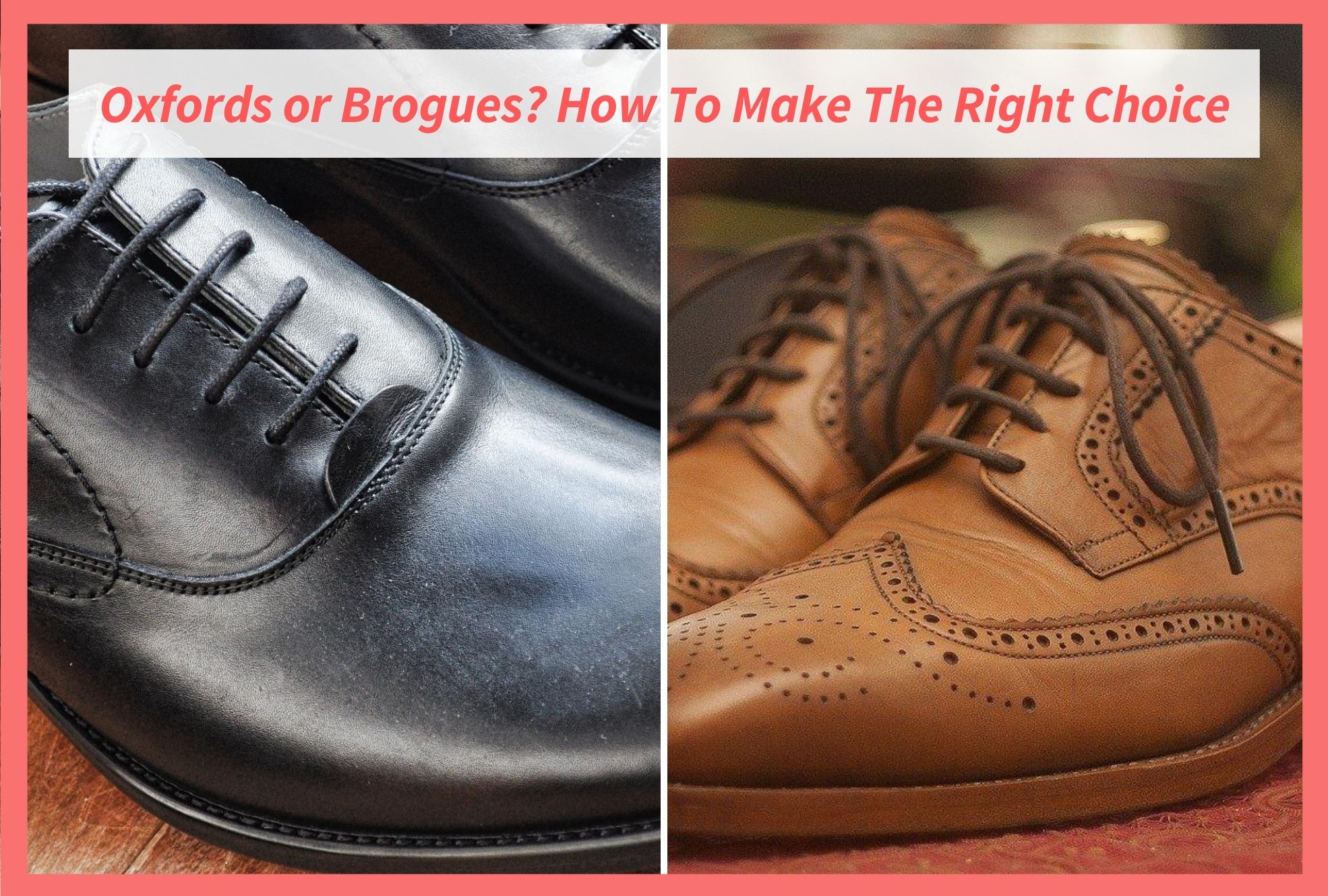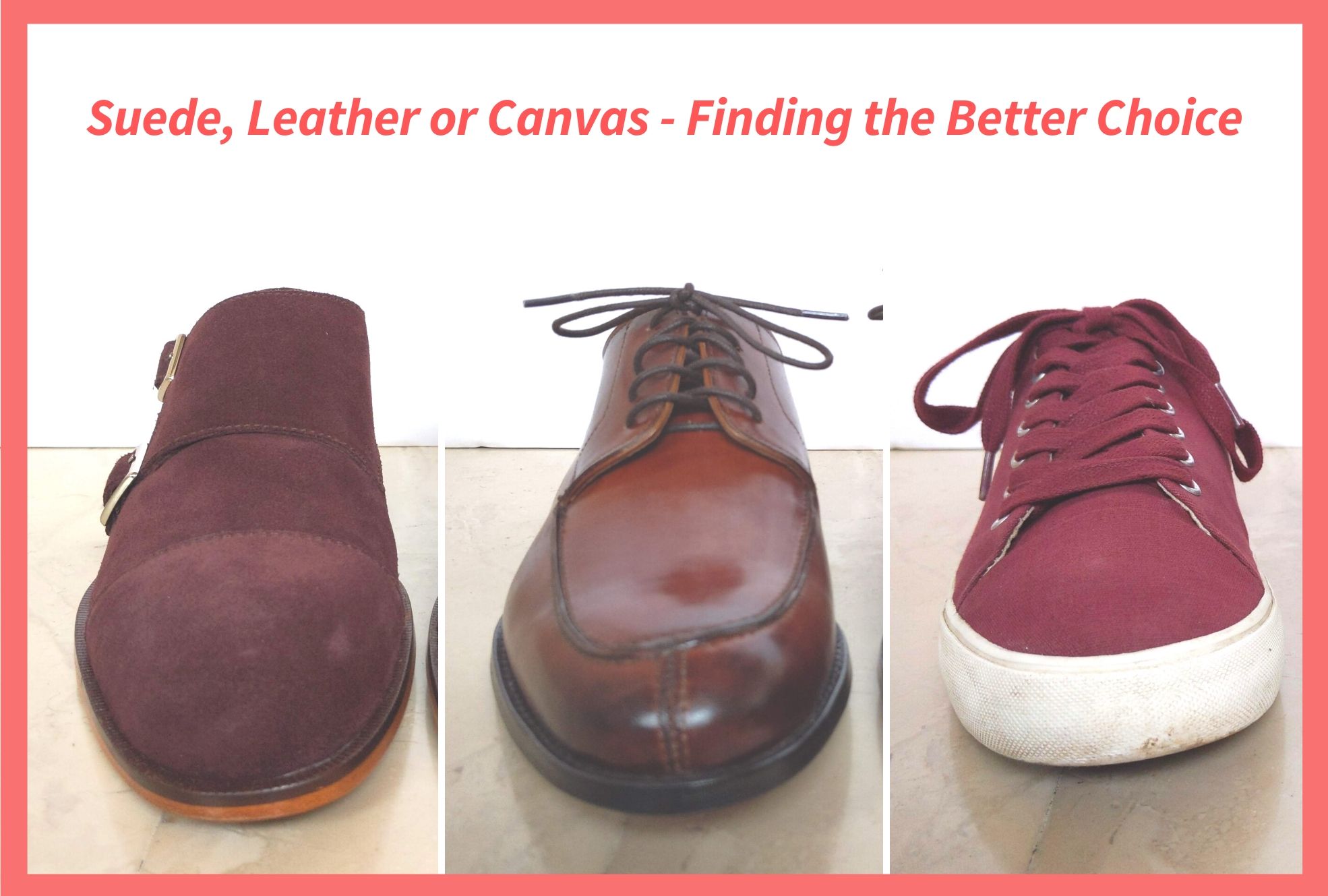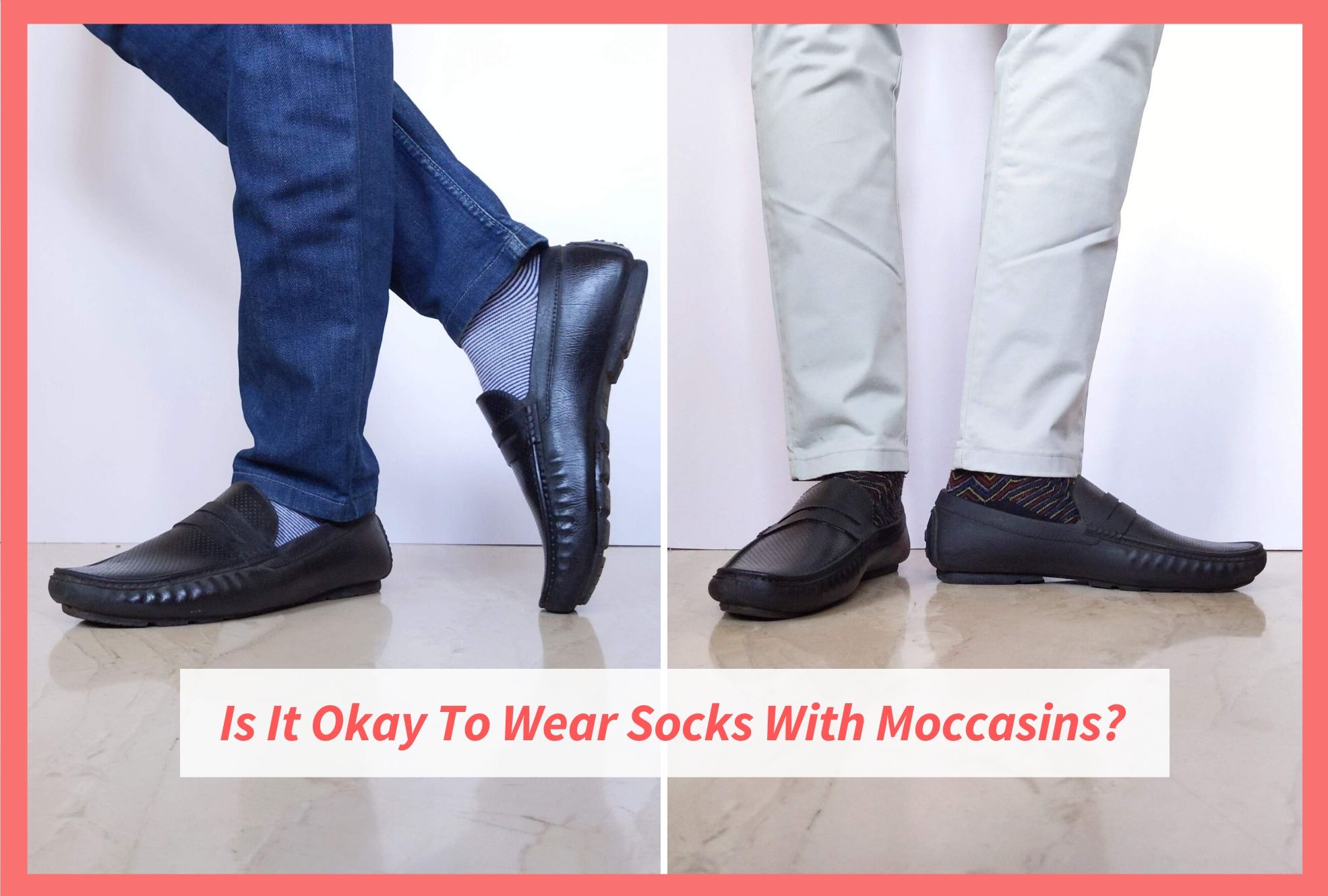Hey guys! We’re discussing one of the most critical aspects of the style pyramid today – fit. More specifically, the fit of your shoes.
Picture this:
- There’s a very important event coming up – a wedding, date, interview or even the first day at a new job. You realize that a new pair of shoes is very necessary, and after a lot of ‘scrolling-through-the-apps’ you finally like one and buy it. When it arrives, it looks like a charm and just perfect … But wait … Why does it not feel right?
- You’re at the mall for a new pair of kicks. Browsing various stores, this one particular shoe catches your eye and it is love at first sight! You excitedly find your size and try it on, but just a few steps in them makes you feel like there are clamps in your feet. The salesman pushes you to go for it – that it will stretch over time. But you don’t really trust him, do you?
No two people have the same feet – in fact, the various measurements of our feet with their imprints can be just as unique as your fingerprints. That is why it is so important to know if your shoes fit right. A shoe must feel as good as it looks; what’s the point of getting compliments if you’re uncomfortable all day?!
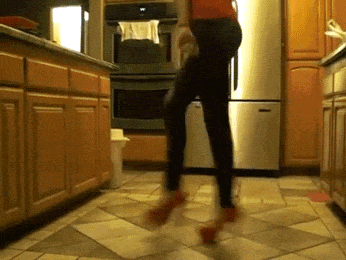
via GIPHY
Besides, a 2018 study in the Journal of Foot and Ankle Research found that a huge portion of the population (between 63 and 72% of their participants!) wear footwear of incorrect size, which can be related to foot pain and other foot disorders.
To help you with all the aspects of shoe fit, I’ve created this handy guide. And it’s the only one you’ll ever need!
By the end, we will have answers to the most common questions that are asked about the fit of your shoes :
- How shoes are supposed to fit?
- How much space should be in the front of your shoe?
- Should my toes touch the end of my shoes?
- How to tell if shoes are too big?
- How to tell if shoes are too small?
- How to measure shoe size?
In addition, a few more things will also be covered (Because who doesn’t like extra ;))
- Certain conditions that impact fit
- Hacks to fit shoes that are slightly-big
- A brief about running shoe fit
- Is break-in a real thing?
All these topics have been added as links, so you can click on them and jump straight to the relevant section. I’ll suggest you read the entire post, though 🙂
Let’s get started!
How should shoes fit?
A proper shoe fit would include appropriate room in mainly three parts of the shoe i.e. the toes, the sides and around the heels.
The Toes:
- The perfect fit in the toe region should leave enough space for you to be able to wiggle your toes when wearing the shoes
- Make sure that there is at last 1/2” of empty space between the longest toe and the material in the front of the shoe. This would be the right about of room for the toes not to get all mashed up while walking
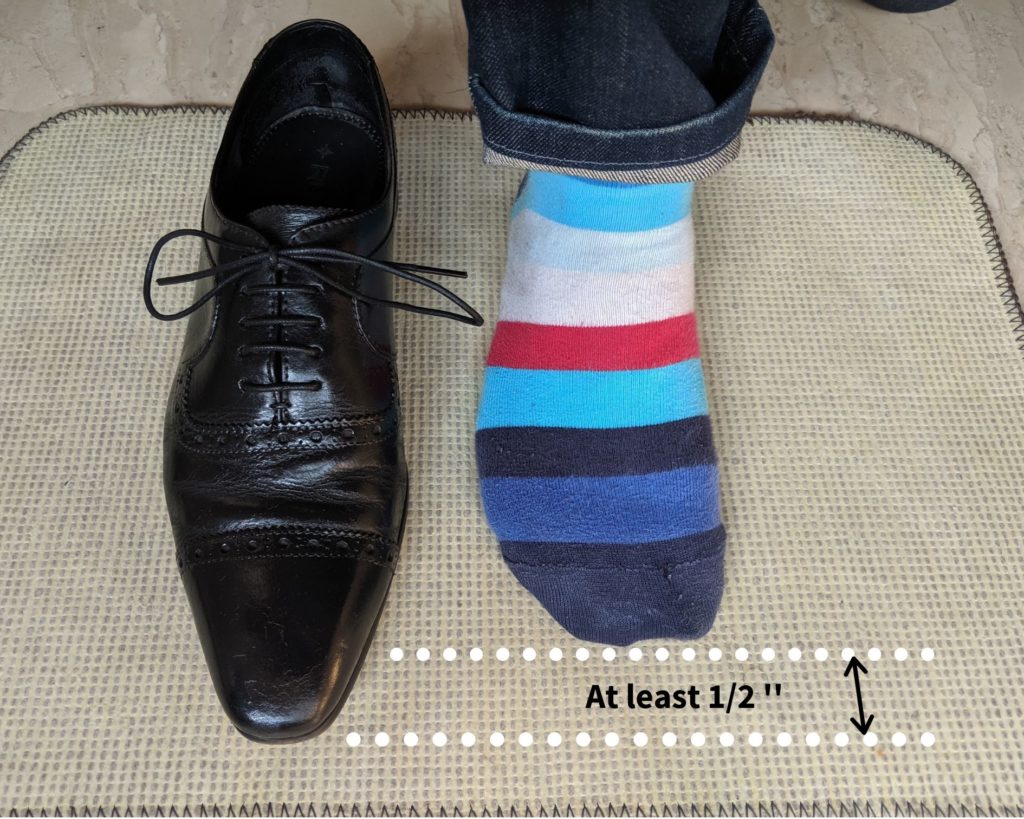
- If you’re facing problems with fit in this area, go for round toe shoes instead of chiseled toe ones. Round toes would be comparatively wider in the front and could turn out to be more comfortable for you
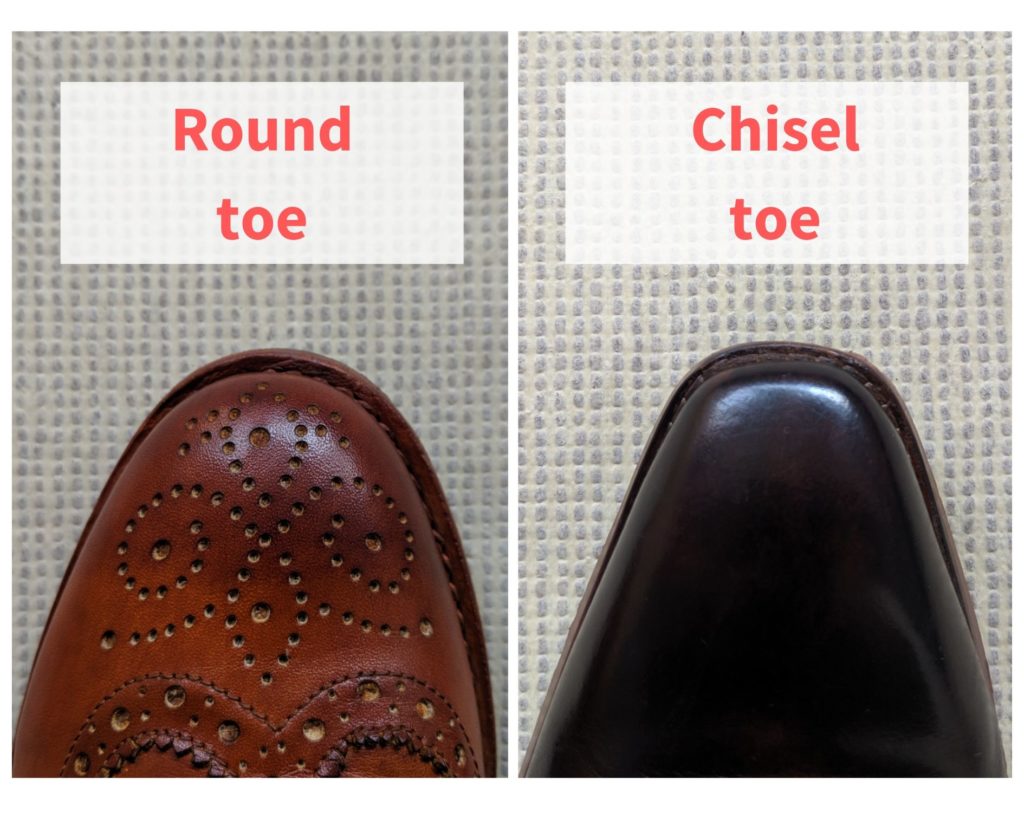
The Sides:
- The shoe should fit without feeling tight in the widest area of the feet i.e the sides
- There should be no constriction or pressure on the balls of your feet and its sides, irrespective of if you’re standing or sitting down
- Certain brands offer wide sizes too, try them out to see if it fixes the fit. Otherwise, the only options you have are to check a larger size or look at other brands
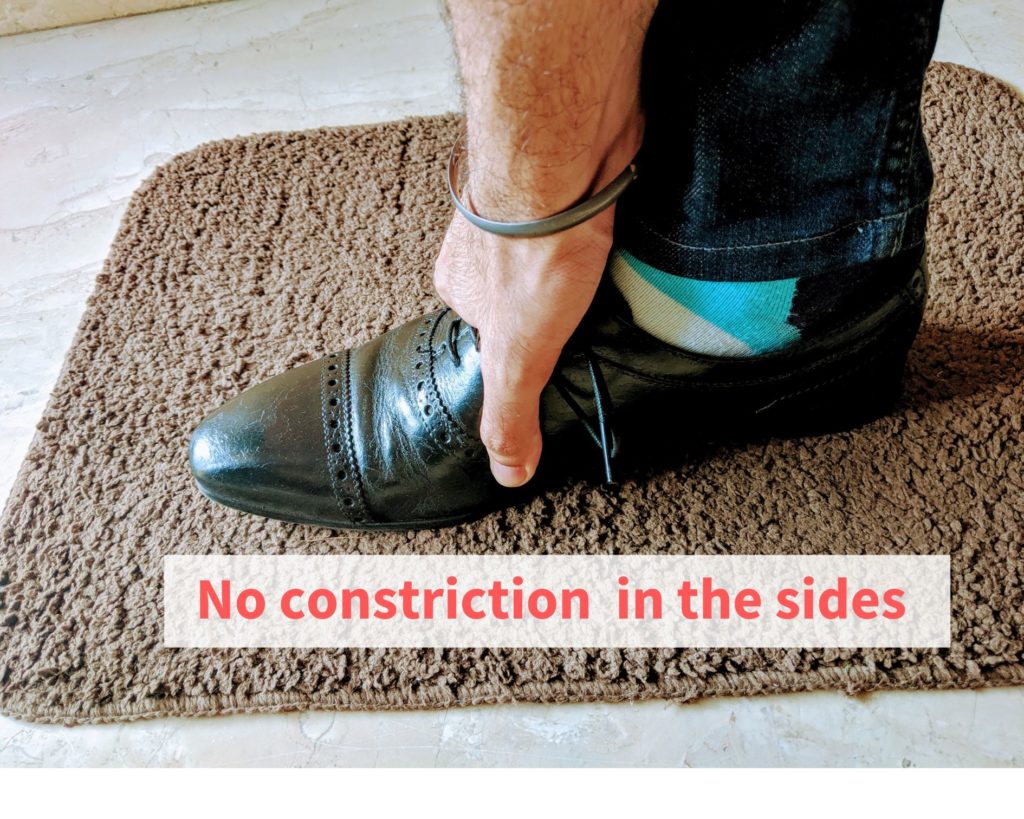
Around the Heels:
- There should be roughly one finger gap between the heel of the foot and that of the shoe.
Check if you’re able to insert the thumb or index finger in this area. - The shoe should feel snug in the heel area – neither too tight nor too loose
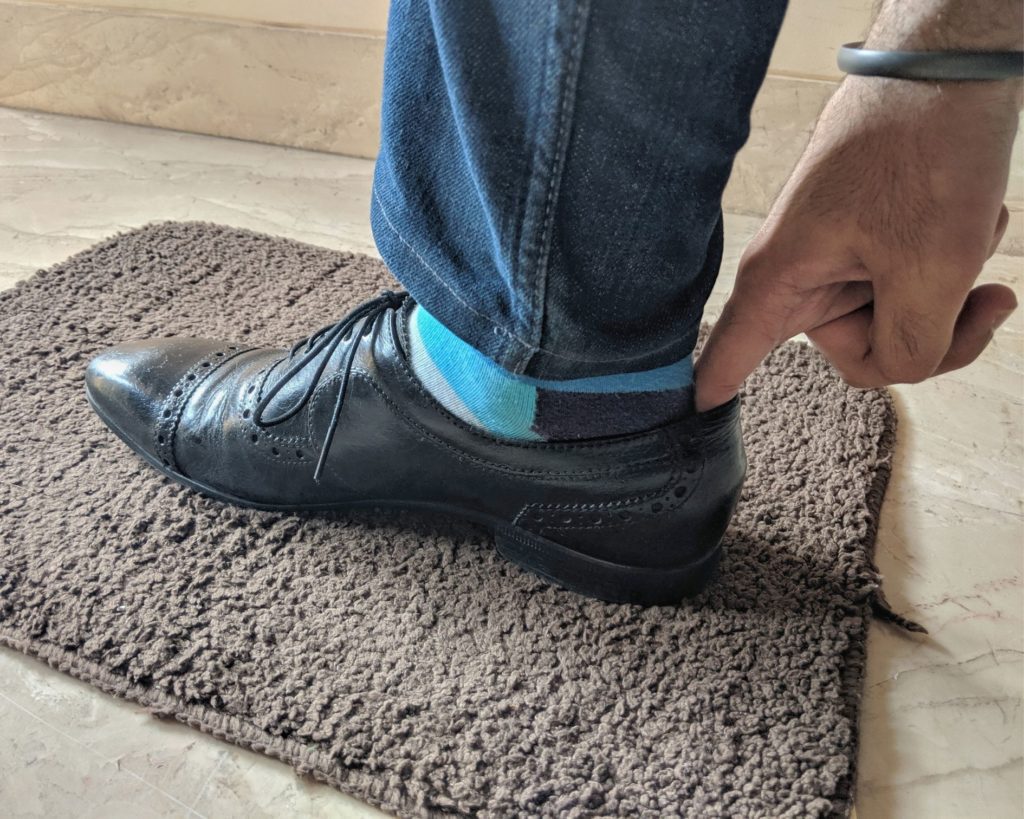
How to know if my shoes are too big/small?
Simple. Try walking in them, and do the one finger test
- Shoes riding up and down when you walk? Too big!
Lot’s of extra room around the toe area? Too big! - Shoes feel very tight along the sides? Too small!
Cannot fit the index finger or thumb between the heel and back of the foot? Too small!
Some additional factors that affect fit
In addition to how to shoes feel in the toes, sides and around the heels, there are other factors that can also make a difference to the fit of a pair of shoes
- Your feet expand during the day and are the largest at the end of the day, after having gone through all the walking and standing.
Because of this, measurements taken in the morning can differ from those taken in the evening. It shouldn’t make a lot of difference since the change would be very minimal, but still something to keep in mind.
I tested this for myself and while the length did not seem to change much between morning and evening, the width measurement of my feet went up by 50mm at the end of the day - Foot size can also change as you grow older. It is better to measure/get measured for size once every year.
- Your feet are not equal in size, one of them is almost always larger than the other.
Shoe sizes should be considered as per the measurement of the larger foot. - The socks that you’ll wear with shoes can also affect its overall fit. Carry the kind of socks you’ll most often use and put them on before examining any shoe for the fit.
But Mr. Shoestopper, I already bought these lovely shoes but as per your tips, they seem slightly too big. I’d hate to return them, what do I do?
Well, there are a few things you could do. Either one or a combination of all might help you
- Use insoles – But you already knew this! Most of us have used them at some point when we were kids. Insoles can provide a snugger fit for minor shoe size differences. If you’re desperate you can also try two pairs, but I wouldn’t recommend it.
- Wear thicker socks – Again, this might fix things if the shoe isn’t too big for you. Worth a shot, but remember that it can get sweaty during the warmer months.
- Good ol’ white tape – (Don’t look at me like that, DIY hacks are great when they work!)
If there is some extra space between the back of your feet and the shoe, a couple of layers of white tape in that area might close that gap.
Unfortunately, a shoe that’s a ‘bit too small’ cannot be magically expanded to fit you. If you’re in that scenario, it’s best to donate them or sell them at a bargain for some good karma
And then repeat this to yourself:
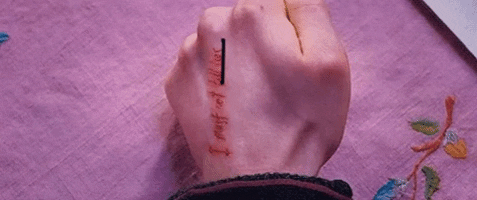
(Do you dislike Umbridge too?)
Just twice will do. I trust you 🙂
A brief note about running shoe fits
When it comes to running shoes, going for half a size larger than your regular / dress shoes should be okay, and is sometimes preferred too. Your feet will lengthen and widen as they hit the ground while running, so the extra room will be useful. In fact, my current pair of running shoes is one full size larger than my dress shoes – I’ve been using them for about 3 years without any issues.
However, this difference in sizing means that you should always use your regular / dress shoe size as a reference point while buying specialty shoes instead of the other way round.
If your running shoes fit properly but still feel ‘slightly off’ while running, lacing the shoes in a different manner might help for better performance and support.
Road Runner Sports has some great lacing tips for this exact problem that could make those running shoes fit perfectly.
We’ve discussed quite a lot so far, just a few more things left to complete this shoe fit guide 🙂
How to measure shoe size?
The size charts that brands carry usually have their sizing number (US, UK, Euro, Japan) with the respective values of length and width of the foot for that size. So knowing these two values for your own feet can help you identify the shoe size.
But getting your feet professionally measured might not be super accessible to everyone. And with so much online shopping going around, I can understand the need to do it yourself to avoid all the confusion. That, or you’re simply curious like me 😉
Here’s how to measure your feet and get those values:
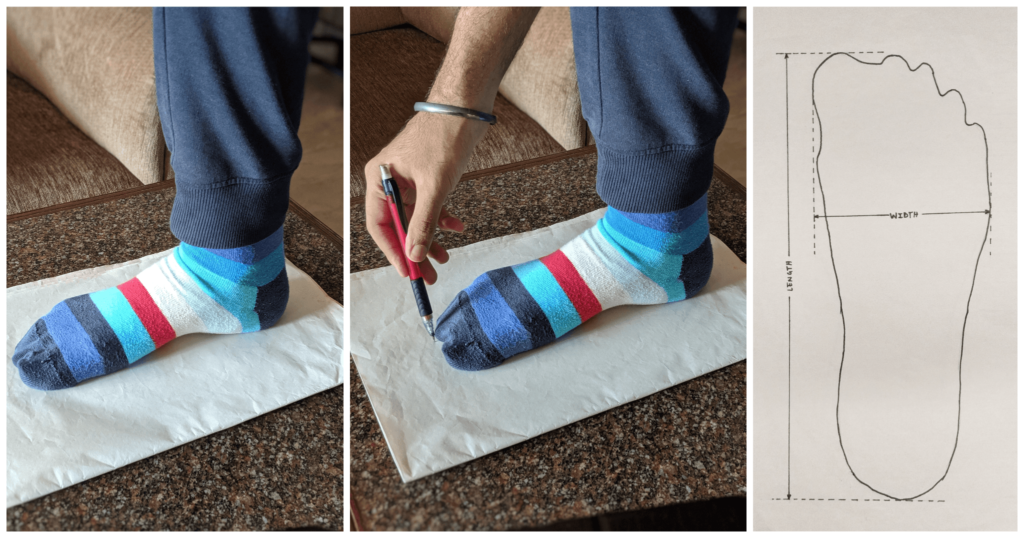
- Take a sheet of paper and place it on the floor. Ensure that the floor is not uneven/soft
- Stand up and plant your feet firm on a piece of paper. You can be wearing socks too if you want to add that to the measurements.
Ask a friend to help you with the sizing – standing straight with the normal body weight on both feet is the recommended position to measure them. If no one is available, resting the foot on a small table should do - Trace the outline of the foot with a pencil. Make sure the pencil is held as perpendicular to the floor as possible
- To get the length, measure the distance between the center of the back curve and the longest toe
- To get the width, measure the broadest part of the outline, a little below the toes
Is shoe break-in a real thing?
“A little bit of pain is okay. You’ve got to break-in those shoes!”
Is this true? Yes, and No. While leather shoes and boots can be slightly stiff in the beginning and will require some time for the leather to mold to your feet, this does not apply to every kind of shoe. Besides, ‘stiff’ does not mean ‘tight’, and most shoes should feel comfortable right out of the box. Only heavy leather boots should need breaking-in – the actual time will vary according to the kind of leather, sole and its overall construction.
Casual shoes and leather shoes with rubber soles will never require a break-in period; so if they are painful it only means that you need to size up or choose a wider shoe.
There you go! The complete shoe fit guide, at your fingertips, in a web browser near you 😀
Here’s a short summary of all we’ve discussed in this post:
- The fit of your shoes will depend on how the shoe wraps around the toes, the sides and the heels.
- The front of the shoe should have at least 1/2″ wiggle room from the largest toe, while the heel area should allow you to insert the index finger/thumb snugly in the back of the shoe. The sides of the feet should not feel any sort of pressure or constriction.
These parameters will help you decide if a shoe is too big or too small. - In addition, there are other factors like time of the day, age, and socks that can impact the size of your feet and the fit of your shoes.
- If a shoe that you love is slightly bigger in size, insoles and thicker socks can help you reach that sweet spot of the perfect fit.
- Running shoes can be half a size to one size larger than your regular/dress shoes. The extra area provides room for the foot to lengthen and widen while running.
- You can measure the length and width of your feet very easily by using a pencil, paper and tracing the outline of your foot planted on the floor or small stool/table.
- Shoe break-in is a real thing, but not for all shoes. Only leather shoes with leather soles and heavy leather boots would require breaking-in, any other kind of shoe should be pretty comfortable from the beginning.
I hope you enjoyed reading this.
Are there any fit problems that you have noticed with your shoes?
Or are there any other questions about fit that you might have?
Let me know in the comments!


